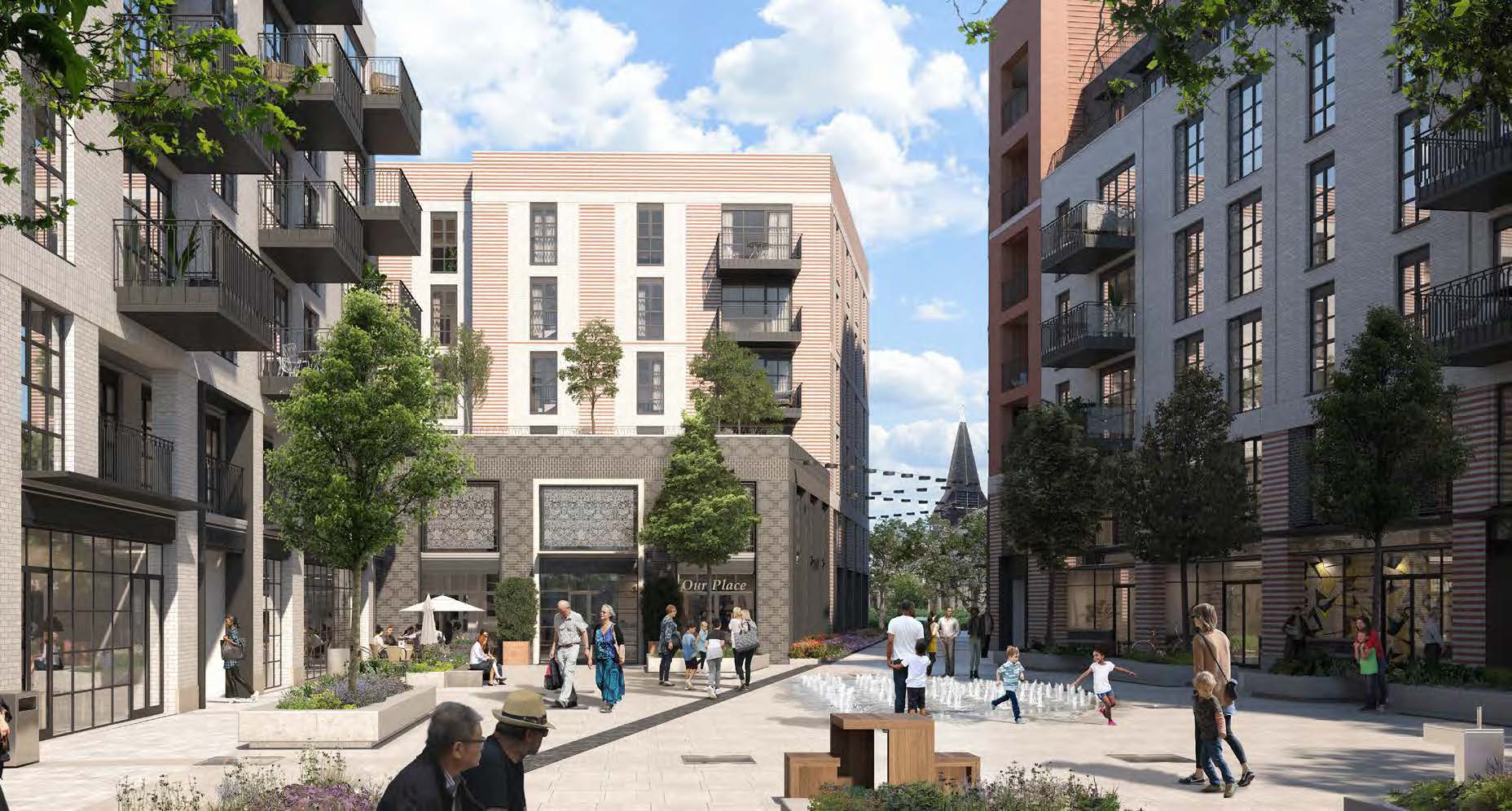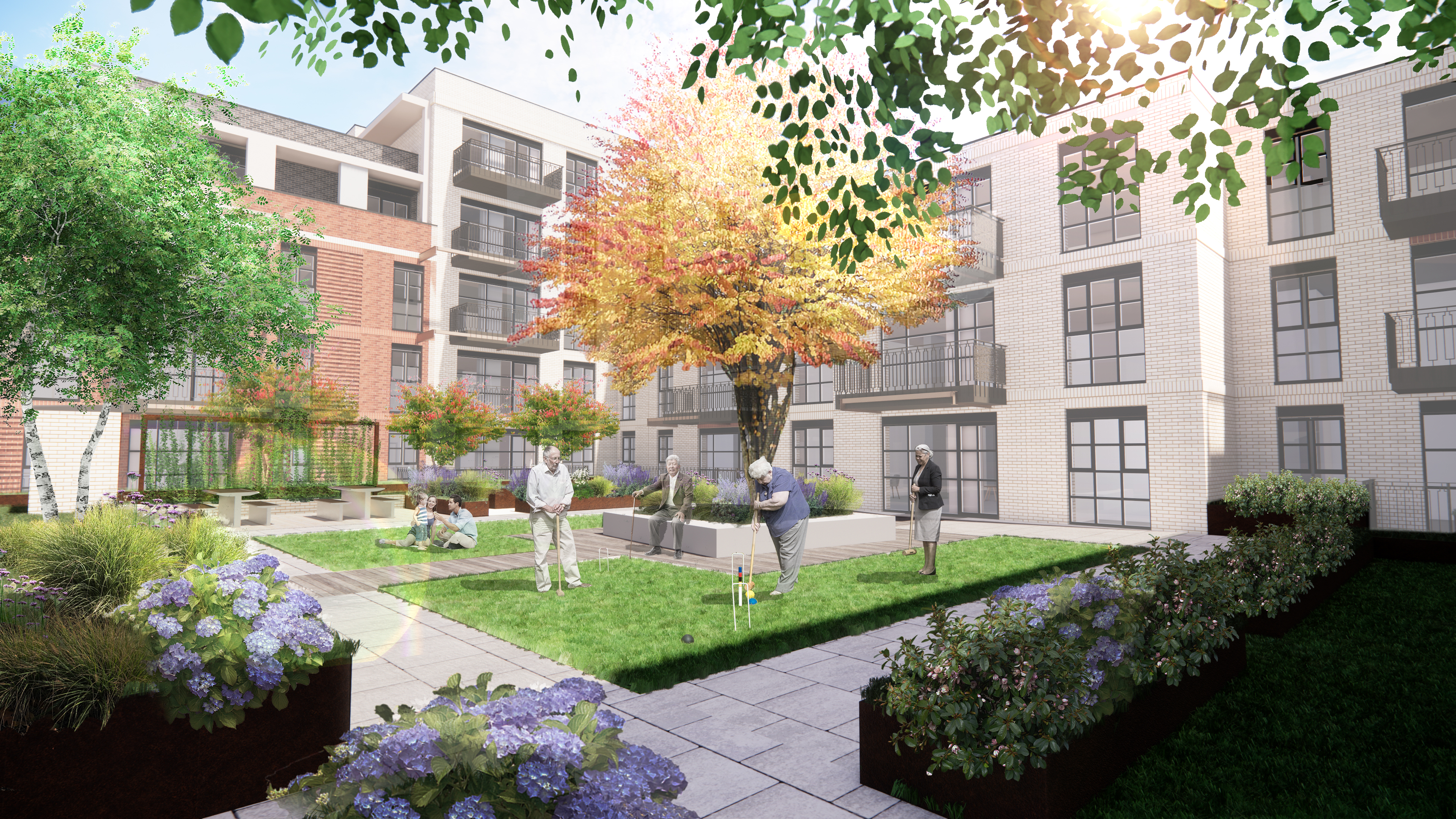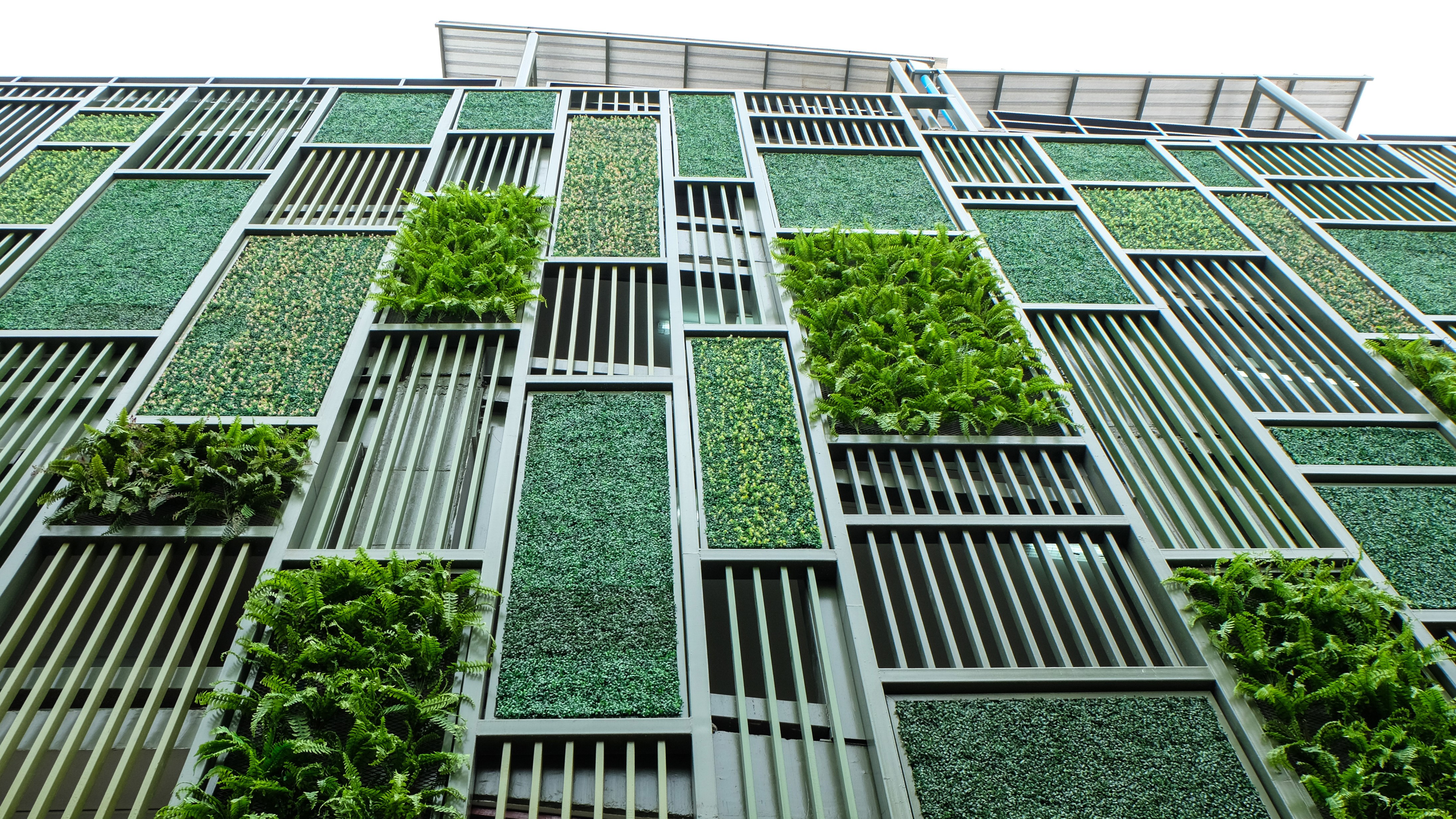
The UK has an ageing population: by 2045, the number of people aged 85 or older is projected to nearly double to 3.1m. Although an ageing population presents social and economic challenges, there is much to be optimistic about.
In addition to living longer, most of us can expect to continue enjoying active and independent lifestyles well into later years. Studies indicate that those who live in retirement communities enjoy happier, more active and healthier lives.
However, specialist retirement accommodation in the UK is in short supply. As of 2022, only 1% of over 65s in the UK live in integrated retirement communities compared with 6.5% in the US.
This is despite age-appropriate accommodation offering numerous benefits. In retirement villages, residents live freely in the comfort of their own self-contained home but also have support available if needed.
In addition, retirement living enables access to a wide range of luxury on-site facilities such as restaurants, cafes, wellness centres and communal lounges, all of which are conveniently located and enable numerous opportunities to socialise. Furthermore, through downsizing and moving to high-quality, purpose-built homes in an area of their choosing, vacant property can become available for younger people.
Retirement communities enable independent living
A significant problem for the later-living sector is that many people confuse retirement living with care homes. In contrast to care homes, retirement communities promote active and independent living. On-site domiciliary assistance and optional care services are available, but residents do not depend on them to function on a day-to-day basis. In short, moving into a retirement village comes as a result of lifestyle choice rather than necessity.
Retirement communities also typically have a larger range of facilities – including gyms, leisure clubs and activity rooms located within their premises – compared with sheltered flats and care homes.
Commercially, operating costs for the well-being and support services are met through a service charge. To be viable, a retirement development will need to offer between 60 and 250 homes for sale, shared ownership or rent.
As a developer and operator, Retirement Villages Group (RVG) makes a return on investment through the so-called event fee. This tends to be realised when the property is sold, or a resident otherwise terminates their lease.
The fee not only underpins our long-term commitment to the property, but also means we can make the accommodation more affordable for our target market; we are able to set reasonable monthly charges and the full payment of service and operating costs can be postponed until the date of sale.
Typically, the event fee is 10–12% of the market value of the property, while the remainder stays with the estate of the vacated or deceased owner. It is therefore important that we are upfront with customers, their families and their advisers when discussing this arrangement.
Project aims for social and environmental innovation
Each of RVG's retirement communities has its own individual character. However, Botanical Place – a development in West Byfleet, Surrey – represents a distinct approach in terms of integration, sustainability and decarbonisation.
Due to be completed in summer 2024, Botanical Place is the first development in our new generation of integrated in-town retirement villages. It will be situated in the heart of a Surrey village less than 26 miles from central London, with good transport links.
Unlike many of our self-contained complexes in rural areas, Botanical Place will comprise 196 modern apartments positioned alongside terraced gardens, shops and eateries, arranged around a central pedestrianised public square. As the square will consist of numerous BREEAM-certified retail outlets and the village's new central public library, Botanical Place will have much to offer the broader West Byfleet community.
To maximise the health and well-being of Botanical Place residents, and to secure a three-star rating in the project's Fitwel assessment, RVG is looking to incorporate art installations, open green spaces to enable outdoor games and communal benches. Occupants will also have access to areas for growing fruit and vegetables.

Visualisation of the public square at Botanical Place © Retirement Villages Group
Ultimately, we are aspiring for Botanical Place to become the UK's first net-zero carbon later living scheme. RVG has worked with design consultants and construction partners to reduce waste and target a saving of around 700 tonnes of embodied carbon, using alternative construction materials such as post-tension concrete slabs.
During the demolition stage, we delivered on our target to achieve 95% of demolition materials being recycled, avoiding landfill. We are also working with our supply chain to target zero waste to landfill from our operations, which is no easy feat on a village of this scale.
Recognising the way that issues such as energy costs resonated in the community, we made sure the project team thoroughly explained our holistic approach to energy use and generation during the design and planning phases. We also conducted climate modelling on both near- and long-term scenarios.
Botanical Place has been designed using a fabric-first approach, with triple glazing for the windows, and careful planning carried out on fenestration and how much glass will be used on building facades. To reduce energy demand, we have also conducted tests to see how much insulation will be needed on the walls, roofs and floors – the aim is for buildings to have an enhanced thermal envelope.

Visualisation of residents at Botanical Place enjoying leisure activities © Retirement Villages Group
To guarantee thermal comfort, buildings will comply with TM59 Design methodology for the assessment of overheating risk in homes. The completed development will run entirely on fossil-free energy, with an all-electric approach.
At least 250m2 of photovoltaic cells will be fitted on the roofs of two buildings, which will generate as much as 67,000kW/h of electricity annually. This is equivalent to providing a year's worth of solar-generated power to 17 residential units.
Furthermore, 20% of residents' car parking spaces will have electric vehicle charging points, which rely on shared energy rather than carbon-emitting generators. As well as partnering with a green energy provider to lower our operational carbon footprint, an individual electric heating system will be combined with an air-source heat pump system.
Botanical Place also meets RVG's target to regenerate a biodiversity net gain of more than 20% on new development sites. The project team is looking to achieve this through roof gardens, open green spaces and a tree-planting scheme.
Responding to climate and demographic challenges
It is not an exaggeration to say that the UK faces two, potentially competing challenges. On the one hand is climate and ecological failure; on the other, is an urgent and growing need to provide new homes for an ageing population.
In the UK, the built environment accounts for 25% of all greenhouse gas emissions, so it is critical that new developments are sustainable – new builds for later living are no exception.
RVG's approach – exemplified by Botanical Place – provides a template for planning authorities and others in demonstrating how these challenges can be addressed simultaneously, and win public support in the process.
'It is critical that new developments are sustainable – new builds for later living are no exception'
RICS champions sustainability across professions
With the built environment estimated to be responsible for around 40% of global carbon emissions, RICS is championing sustainable practices across the built and natural environment. We are also empowering professionals to embed sustainability considerations into the way they work and better measure environmental impacts.


